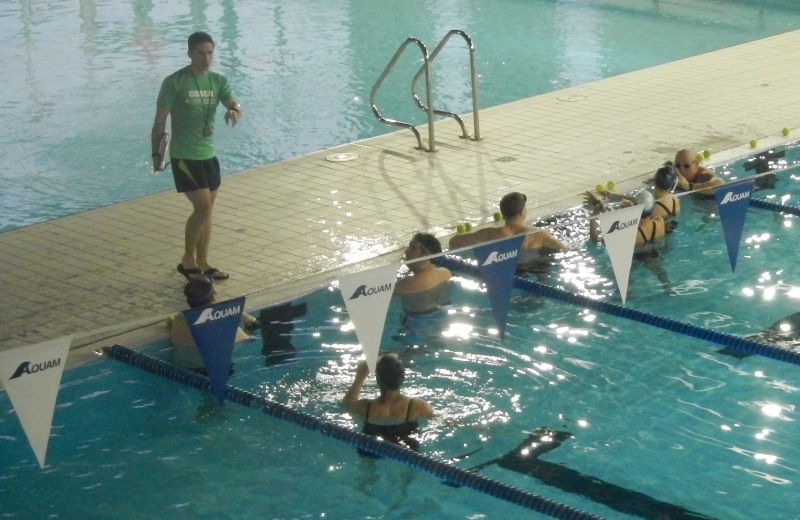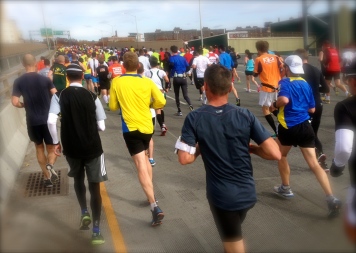Should you really trust the advice you read online? Should you seek such advice, instead of turning to a coach?
(What follows is a spoof, NOT meant to be taken as real advice. Anyone tempted to do so would only prove my point, but I’m sincerely hoping everyone has more sense than that. Enjoy at your own risk…)
Take your triathlon racing to the next level
Wanna take your triathlon racing to the next level? Wanna win races in your age group? Perhaps you still have this nagging feeling you could have been a pro?
Here’s how to get one step closer to that dream, and take your racing to the next level. You’ll be amazed how simple it is:
Have all your teeth removed and replaced by dentures.
Your training and racing will benefit in many ways from this little change in your body configuration:
1) While you recover from the surgery, the mostly liquid diet combined to extensive endurance sessions will cause you to lose a lot of weight, improving simultaneously your power to weight ratio and VO2 max.
2) Since in the beginning you’ll have a hard time eating anything, this is the best time to do a lot of training on an empty stomach, thereby improving your body’s ability to use lipids from fat reserves as fuel.
3) After you’ve recovered and been fitted with dentures, every time you’ll be racing, you can leave your dentures in transition (or at home), and be at an even better racing weight than the rest of the field thanks to the reduced weight to carry around. (And since you are also fueling your race mostly with gels, you don’t really need your teeth anyway.)
Be the first in your age group to do this. You won’t regret it! Besides, if you can still smile on your finisher’s photos, you’ve clearly not pushed hard enough…
(End of spoof.)
Back to our regular program
As a coach, I’m amazed at how much advice you can obtain by simply going online and performing a cursory search.
It is to the point that one hardly ever needs to turn to professional coaches for advice. Or buy well-written, well-considered books on how to train.
Or is it?
The Web is indeed shock-full of running, swimming, and triathlon advice (not to mention other sports, but those three appear to be popular nowadays). However, is it always good advice? More importantly, can such random bits of (generally good) advice really be the best course of action for athletes hoping to develop in their sports?
My main concern, because I am a coach, is with what coaches do: provide the best guidance possible at every stage of an athlete’s development. My contention is that advice sought on the Web, or pushed in our faces on social media, is NOT, in fact, the best advice. It may not even be good advice.
Why?
Because it does not consider where in his or her development an athlete might be.
It is advice out of sequence; out of the flow of development of abilities, endurance, and speed.
Some of the advice, I’m afraid, even goes against optimal health, generally in the name of enhancing performance. (I’m really talking about triathlon advice here, not other kind of performance enhancing advice or products.)
I’m preparing a few posts on coaching, and I will address this concern at length, but to set the stage, I thought I’d offer this short spoof of some triathlon advice I recently came across.
And I’d like to hear from you about your impressions of the advice you get online. Do you seek it? Do you follow it? Do you use the services of a coach?
More to come on this topic… and looking forward to hearing from you.
Photo by Sophie Tremblay-Paquet.



